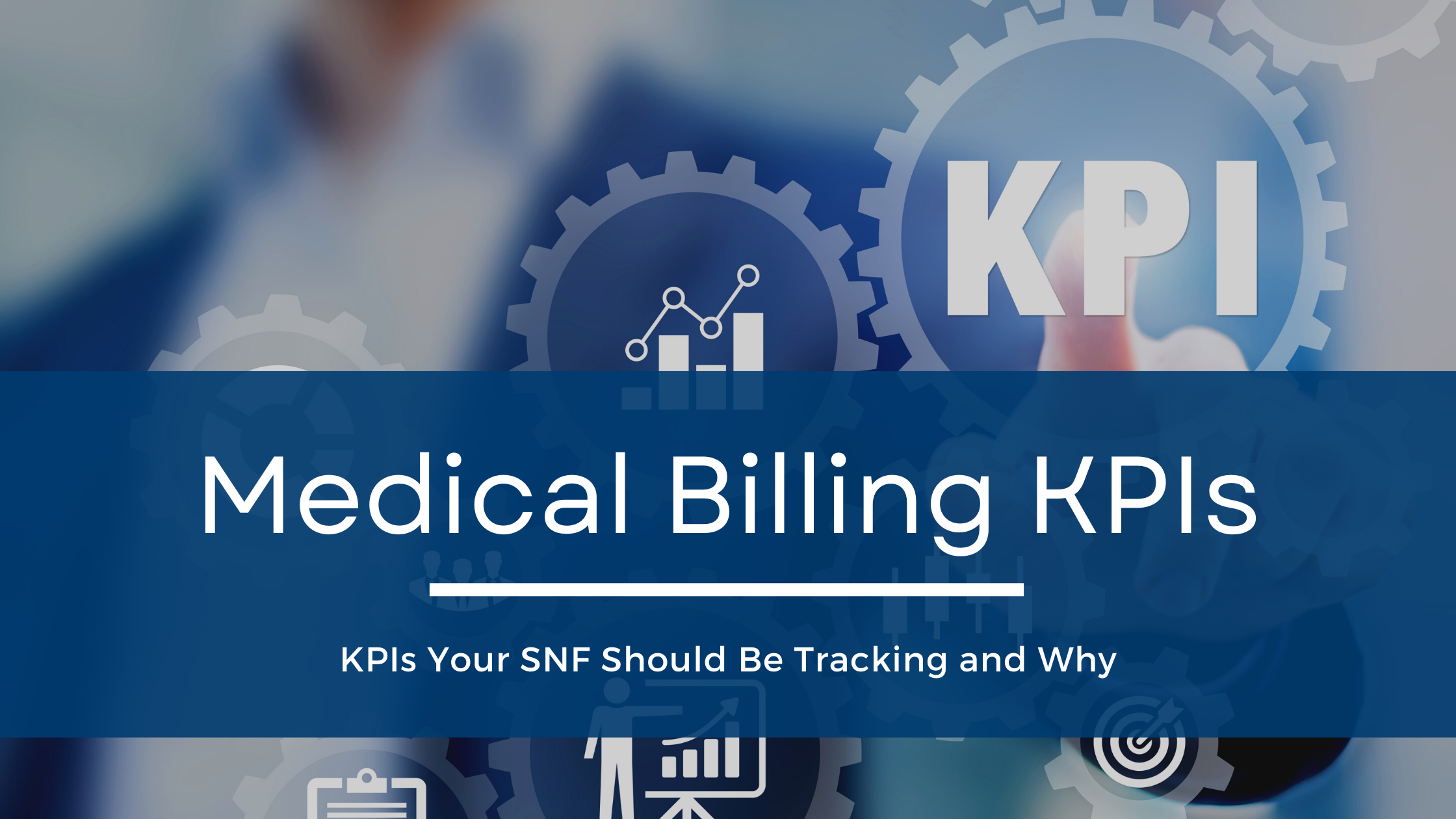Tag: Skiled Nursing
Recent Posts
- 6 Essential Tips for Leading a Productive AR Review Meeting
- 4 Tools to Help You Enhance Your REVEX Software Experience
- REVEX – Experience A Smarter Way To Manage Your AR
- Statement Distribution and Call Center Support for SNFs, Hospice, and Home Healthcare
- Aging AR Collection Services for Skilled Nursing Facilities




